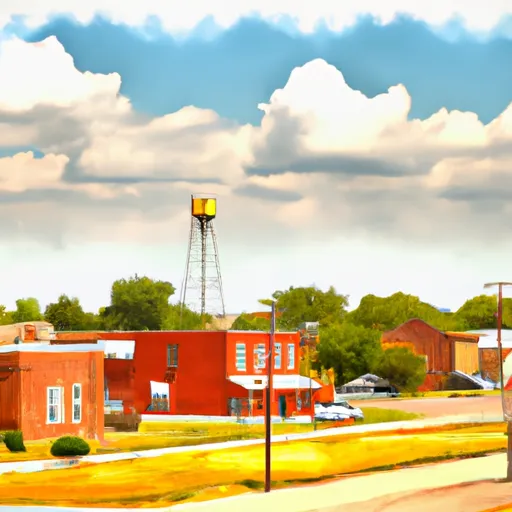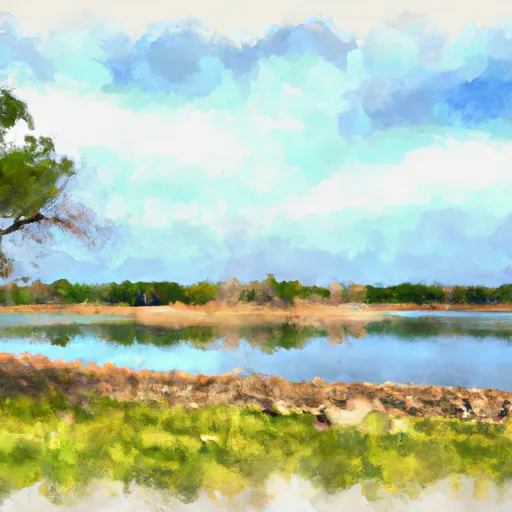°F
°F
mph
Windspeed
%
Humidity











Stringtown is a small town located in Atoka County, Oklahoma. The climate in Stringtown is classified as humid subtropical, characterized by hot summers and mild winters. Average temperatures range from the mid-90s °F (30s °C) in summer to the mid-40s °F (7-9 °C) in winter. Precipitation in the area is fairly evenly distributed throughout the year, with an average annual rainfall of around 45 inches (114 cm).
The hydrology constituents in Stringtown are mainly influenced by the nearby McGee Creek Reservoir, which provides a water source for the town. The reservoir offers opportunities for fishing, boating, and swimming, with species like largemouth bass, crappie, and catfish attracting anglers.
Outdoor recreation opportunities in Stringtown are abundant. The town is surrounded by beautiful wilderness areas and lakes, making it an ideal spot for hiking, camping, and nature exploration. The nearby McGee Creek State Park offers various amenities, including cabins, RV sites, and a marina for water activities. Hunting enthusiasts can pursue deer, turkey, and small game in the surrounding forests.
In conclusion, Stringtown, Oklahoma, offers a pleasant climate with distinct seasons, hydrology constituents influenced by the McGee Creek Reservoir, and numerous outdoor recreation opportunities such as fishing, boating, hiking, camping, and hunting.
Weather Forecast
Stringtown receives approximately 1136mm of rain per year, with humidity levels near 83% and air temperatures averaging around 17°C. Stringtown has a plant hardyness factor of 7, meaning plants and agriculture in this region tend to thrive during the non-winter months.
Regional Streamflow Levels
14
Cubic Feet Per Second
0
Cubic Feet Per Second
25
Cubic Feet Per Second
72
Cubic Feet Per Second
Nearby Camping
| Camping Area | Reservations | Toilets | Showers |
|---|---|---|---|
| Wind Point Park | |||
| McGee Creek State Park | |||
| Lake McAlester | |||
| Lake Tawakoni State Park | |||
| Murphys Meadow Military - McAlester | |||
| Bonham State Park |



